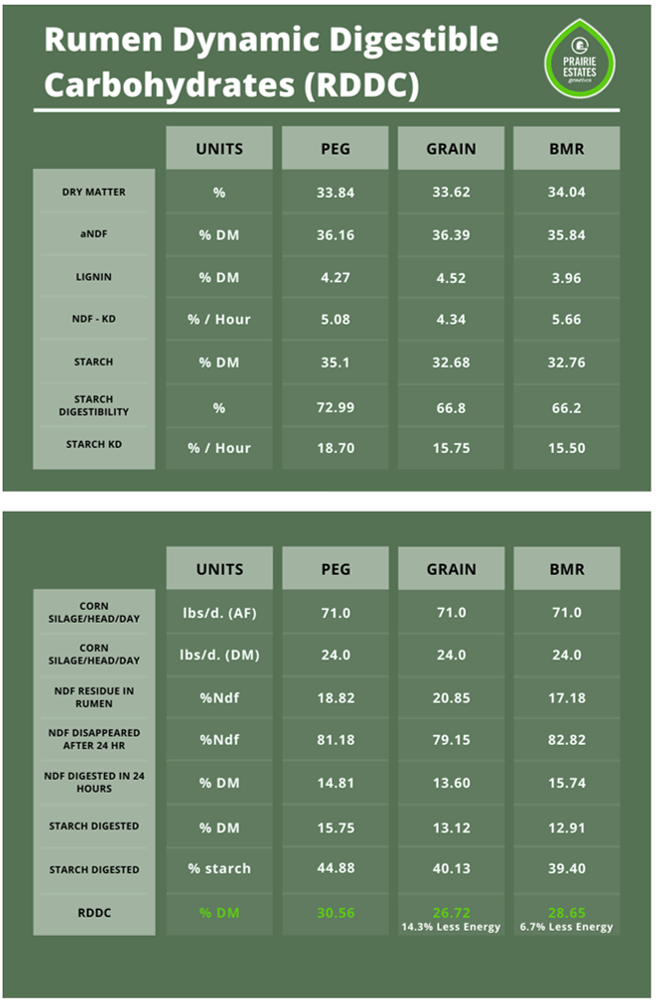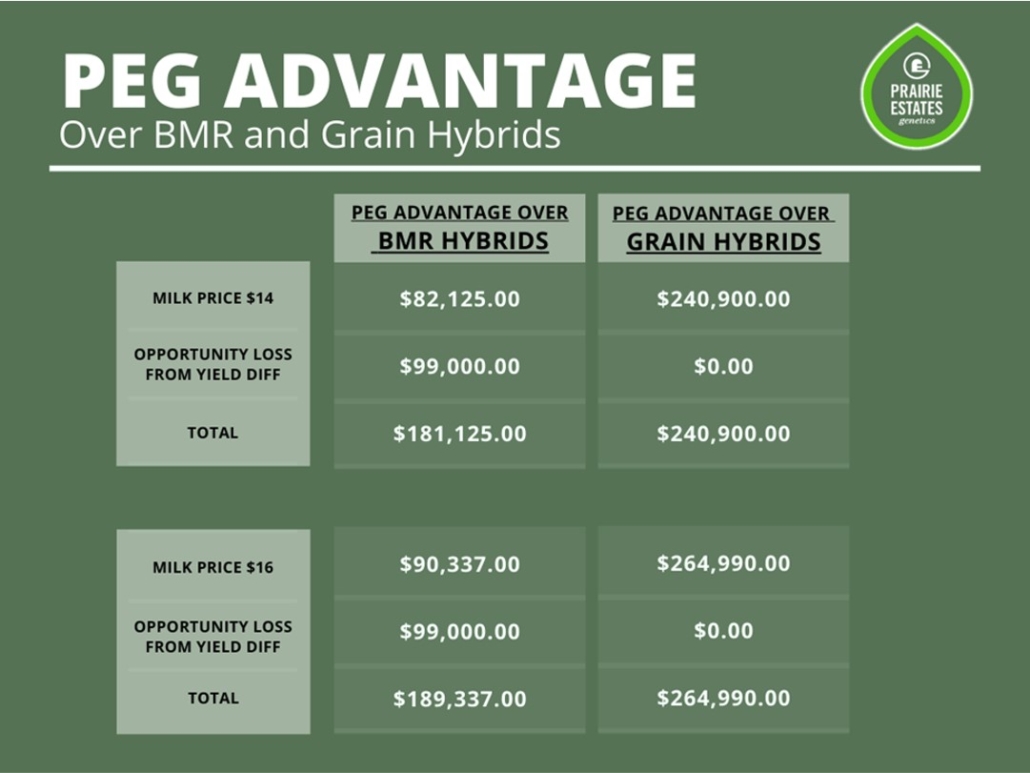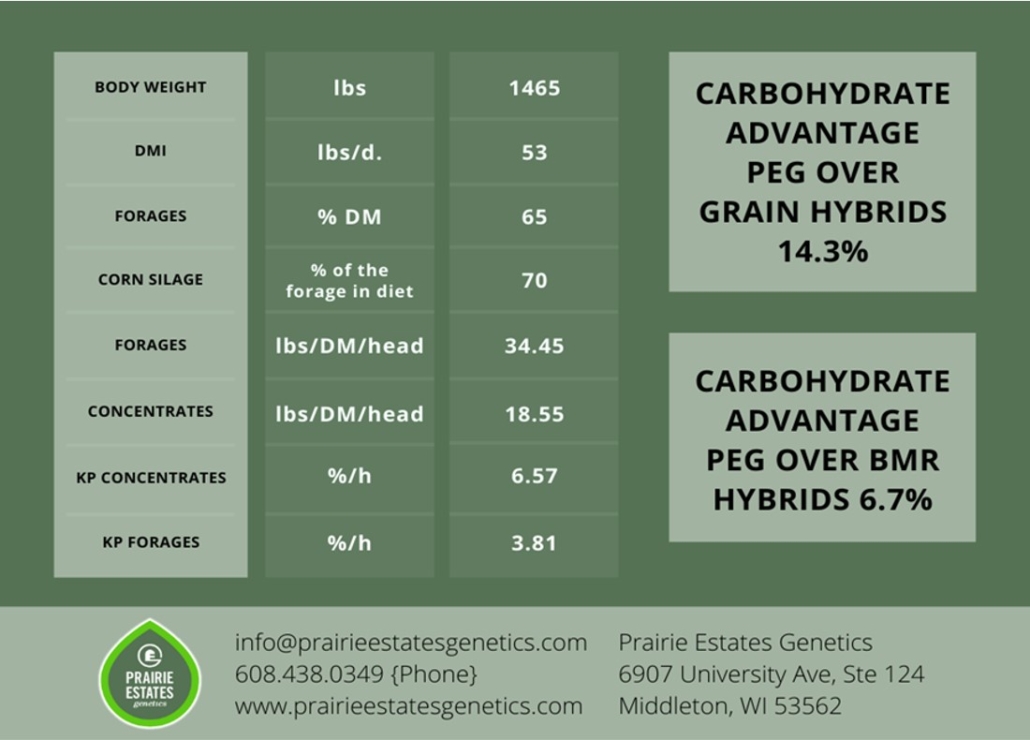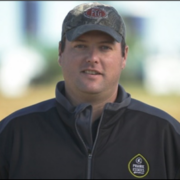Tips At The Planter
So many things go into making a good crop. Agriculture comes with many unknowns like the weather, environment, or other unforeseen factors. With input costs rising, it’s important that, as farmers, we do the best we can to ensure a great silage crop this fall. Although there are a lot of things we can’t control, here are a few tips to help ensure the best corn silage we can grow.
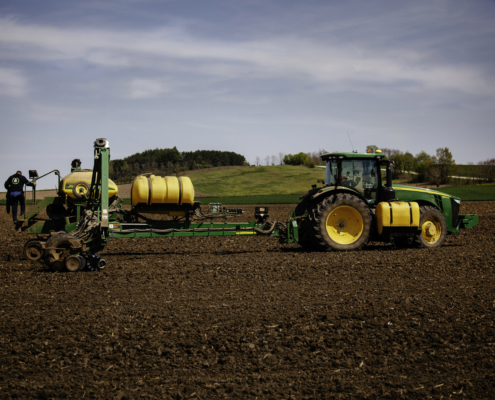
Planting requires setting goals, planning, and preparation to have a successful season.
– Don’t plant too early. I’m sure all of you have heard this before, but I can’t stress enough the issue of planting too early. Planting when the soil temperature is too cold and wet is risky. Wait until soil temperature is 50 degrees or higher at 10 AM on four consecutive mornings at 4-6-inch depth. It’s time to plant when you can spend time outside comfortably without adding extra layers. Waiting for soil temperature to reach 50 degrees can mean the difference between an awesome stand and a poor one. In years like this, spending money on replant isn’t something anyone wants to do. If corn is planted too early, cold temps may delay germination and emergence. This potentially increases the chance of damage from insects and soil-borne diseases. Just like the old-timers used to say, “if you see your corn out of the ground 7-10 days after planting, it will be the best stand yet.” Although a lot has changed over the years, some things still hold true.
-Make sure that you choose hybrids that adapt to your farm. With so many seed companies out there, it can get stressful trying to choose the best hybrids for your farm. Based on my experience with silage, choose hybrids that are consistent. How do they perform over varying soil types and different fertility programs? Are the content levels of fiber and starch consistent? What is their rate of dry down? Are the quality levels you shoot for consistent? Remember, there are many choices and, that may not always be a good thing. Make sure to consult with your agronomist and forage manager to go over crop rotations to help ensure the best traits for what your farm needs.
-Population. Low versus high population seems to be a debate that has been going on for years, but my answer is always the same different hybrids react differently to high versus low populations. The best thing to do is to consult your seed advisor to see what populations work best for your farm. With PEG hybrids, we recommend low 30s for population. Every farm we cater to may vary some, so we look at several different factors when suggesting a population, such as soil type, previous crops, planning for a drought, and irrigated ground. All these things come into play when it comes to picking the right population, and it is important to remember a lot of people are happy to discuss what works and what doesn’t, so always reach out to your agronomist and forage manager—that is what we are here for.
-Planting depth is very important as early nodal root development supplies nutrients to plant above the ground. By reducing planting depth to less than 1.75 inches, you limit surface area to pull nutrients from the soil and to supply tissue above the ground and potentially affect yield. Ideally, keep planting depth at 1.75 – 2.25 inches. When planting in sand, you could possibly go down to 3 inches deep. Remember, corn is a grass, and even though it is resistant to most herbicides, shallow planting can possibly lead to more potential for injury at the nodal root, hurt early root development, hybrid emergence, and yield. Make sure to check planting depths after beginning each field. Many farmers check depth at the first field and never check again, but having a consistent emergence is the key to a good stand.
It never hurts to be over-prepared for the season, so as we gear up for planting, have a checklist on hand with things necessary to reach your goals for this season. As we all know, 2020 has been a rough year, so doing everything we can to help us have a better 2021 is essential. Remember to reach out to your forage manager and anyone else on your team with any questions.
Sam Smith
PEG Forage Manager

